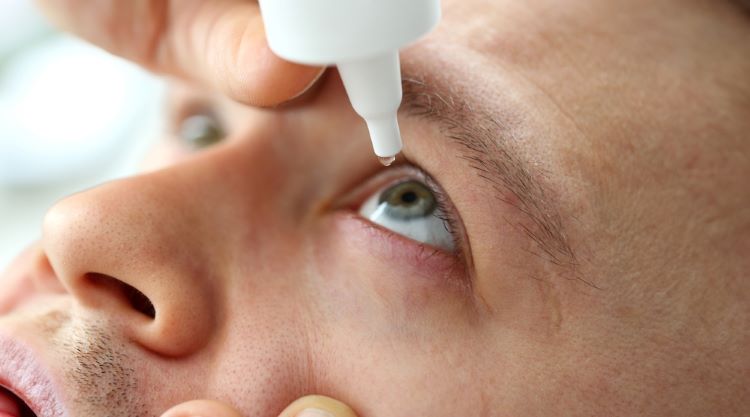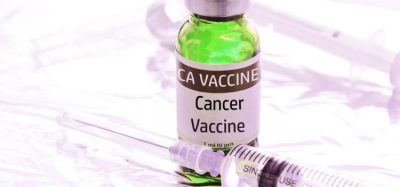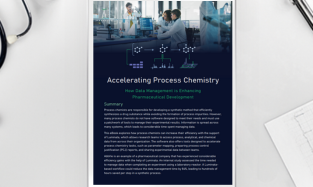FDA guidance highlights E&L considerations for ophthalmic drug products
Posted: 25 January 2024 | Catherine Eckford (European Pharmaceutical Review) | No comments yet
In draft guidance on quality considerations for topical ophthalmic drug products, the US Food and Drug Administration (FDA) provided recommendations for E&L testing.


Draft guidance published by the US Food and Drug Administration (FDA) in December 2023, discussed quality considerations for topical ophthalmic drug products, including key considerations for extractables and leachables (E&L) testing.
This document is revised from a version published in October 2023.
In addition to approaches evaluating E&L, the draft guidance also discussed evaluation of impurities and degradation products.
Extractables and leachables considerations for container closure systems (CCSs)
The FDA provided recommendations for design, delivery, and dispensing features of container closure systems (CCSs) in the guidance. Ophthalmic drug products should be evaluated for extractables and leachables, FDA asserted.
Firstly, leachables can compromise a products quality and therapeutic effect, by potentially interacting with the formulated drug product, the document reported. Therefore, extractables and leachables assessment should consider the packaging components of the CCS, including the labelling.
The guidance document also emphasised semipermeable CCSs as another factor to consider in relation to E&Ls. Over time, these can leach “low molecular weight compounds” such as plasticisers, stabilisers and binding agents from CCS components or from labelling components, like inks or adhesives into the drug product.
However, according to the FDA, this is “less of a concern” for products, such as biological products, that are packaged in glass containers.
Testing for extractables and leachables
Extractables studies
For extractables testing intended to comply with current good manufacturing practice (cGMP) requirements, the guidance highlighted that manufacturers and applicants should document information including:
- A risk assessment supporting their study approach
- Use of extraction conditions such as media and temperature
- Use of analytical procedures eg, gas or liquid chromatography–mass 173 spectrometry, including method validation information
- Assessment of resultant extractables profiles.
Leachable studies
leachables can stem from different sources and be formulation dependent”
“Because leachables can stem from different sources and be formulation dependent” sufficient data should be provided to identify and characterise the potential risks associated with the leachables from the CCS. Description on how the risks are mitigated, such as by conducting leachables studies, also should be included, the guidance noted.
Similarly, alongside the above list, FDA stated that the following information should be documented for leachables testing:
- Data from three primary stability batches, each of which generally should be followed through expiry as described in USP General Chapter <771> Ophthalmic Products Quality Tests
- The acceptance criteria contained in drug product specifications. In addition to the leachables studies, a separate toxicological risk assessment of the leachables should be conducted.
Safety thresholds
Due to “the variety of chemical species and the enormous capability of modern analytical techniques in detecting trace amounts of chemicals”, manufacturers and applicants do not need to identify all detected leachables for safety qualification, according to the guidance.
However, as ophthalmic drug products are applied directly to the eye, “compatibility and safety concerns of any potential leachables exceeding the qualification threshold discussed in the document should be assessed, the guidance explained.”
The agency specified that the safety assessment should address “the ocular toxicity and irritancy potential of these leachables, in addition to systemic safety, as appropriate.”
Moreover, manufacturers should document information about their safety thresholds, the guidance stated. Applicants should list leachable impurities above the reporting threshold along with other impurities in the drug product specification section of NDAs and ANDAs, but not in BLAs.
In the document, the following leachables thresholds were recommended – parts per million (ppm):
- Reporting threshold: 1 ppm.
- Identification threshold: 10 ppm
- Qualification threshold: 20 ppm
The FDA’s deadline for submitting comments on its draft guidance is 26 February 2024.
Related topics
Biopharmaceuticals, Drug Safety, Packaging, QA/QC, Therapeutics









